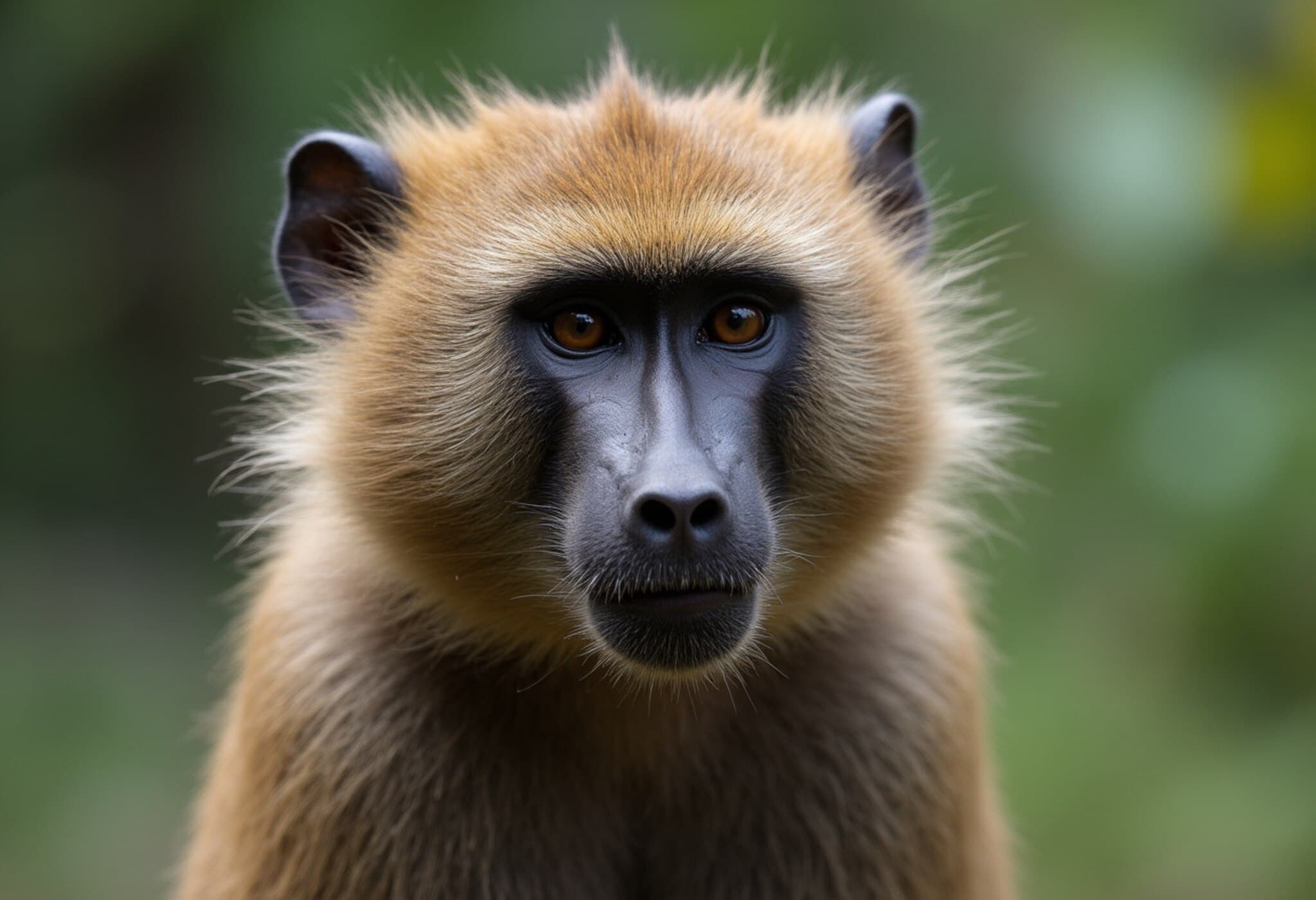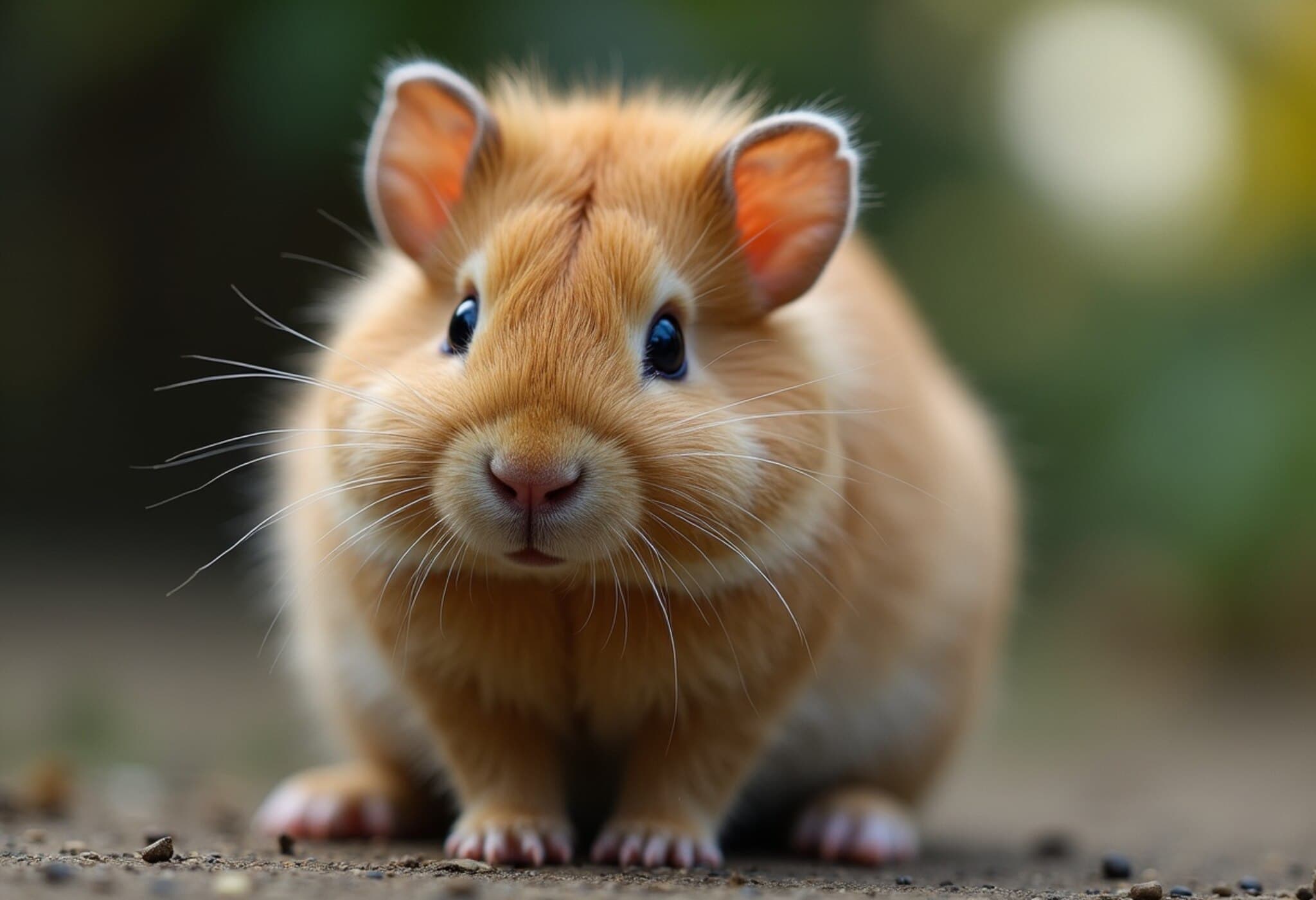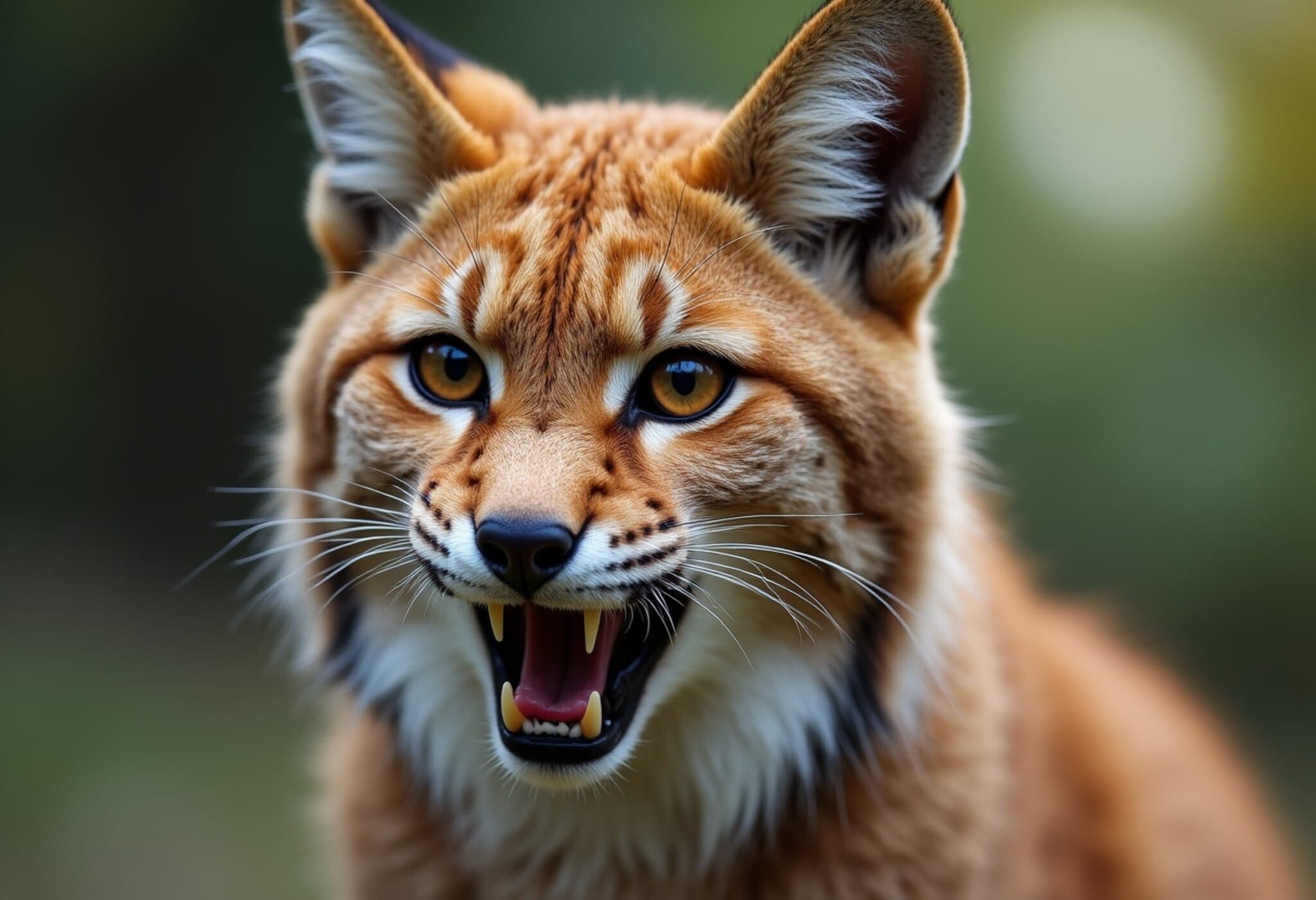Controversy Flares After Nuremberg Zoo Culls Twelve Guinea Baboons
In a move that has ignited fierce public debate and drawn condemnation from animal rights activists, the Tiergarten Nürnberg zoo in Germany confirmed the culling of 12 healthy Guinea baboons. The decision to reduce the baboon population — which had swelled beyond the enclosure's intended capacity — was followed by feeding the culled baboons to zoo predators, amplifying outrage both locally and internationally.
Overcrowding and Management Challenges Lead to Fatal Decision
The controversy stems from the overcrowding of the baboon enclosure, built in 2009 with a design capacity of 25 animals. Over recent years, the population surpassed 40, which zoo officials say caused escalating aggression and conflict among the troop. Despite efforts to manage the population through contraception, officials said the measures were unsuccessful, and attempts to find alternative zoos for relocation were met with logistical and capacity constraints.
Zoo director Dag Encke defended the measure as a necessary, albeit unfortunate, last resort. According to Encke, the decision followed years of careful consideration and conformed to standards set by the European Association of Zoos and Aquaria (EAZA). He emphasized that none of the culled baboons were pregnant or part of any scientific research, and explained that after humane euthanasia, samples were collected for research purposes before the bodies were used as food for carnivores within the facility.
Immediate Backlash and Legal Confrontations
The news provoked immediate protests, with the zoo temporarily shutting its gates on the day following the culling announcement for operational reasons. Seven activists were arrested after scaling zoo fences to voice their opposition, including a dramatic act where one protester glued her hands to the entrance pavement.
Animal rights groups have been particularly vocal. A spokesperson for Pro Wildlife criticized the decision as “avoidable and illegal,” accusing the zoo of irresponsible breeding policies that disregarded animal welfare. They argued that sustainable alternatives could have been pursued rather than resorting to killing healthy animals.
Broader Implications: Ethics and Management in Modern Zoos
This incident sheds light on the complex dilemma faced by zoological institutions balancing animal welfare, population control, and resource limitations. Overpopulation in enclosures not only impacts the social dynamics of animals like baboons but also raises ethical questions about captive breeding practices.
Critics argue that European zoos need to reevaluate breeding programs to prevent such drastic outcomes, advocating for more robust regional cooperation for animal relocation and increased investment in contraception research. The case also raises awareness of the challenges zoos confront when trying to align conservation goals with ethical treatment in captivity.
Expert Insight: Navigating Conservation Ethics and Practical Realities
From a policy and conservation standpoint, this episode spotlights the tension between pragmatic management and ethical standards. Dr. Lena Fischer, a wildlife conservationist in Germany, notes, “While culling is legally permissible under certain guidelines, it often signals failures in proactive population planning. Zoos must invest more in regional networks to transfer animals humanely rather than resorting to lethal population control.”
In the U.S., similar debates persist, especially within accredited zoos governed by the Association of Zoos and Aquariums (AZA), which promote animal welfare alongside education and conservation efforts. The question remains: can zoos evolve to prevent overcrowding crises and the subsequent moral quandaries they provoke?
Looking Ahead: The Future of Zoo Animal Management
As public scrutiny grows, zoos worldwide may face increasing pressure to develop transparent, humane, and innovative strategies to manage captive populations. This includes expanding breeding controls, enhancing relocation programs, and fostering international collaboration. Ensuring the well-being of animals under human care while fulfilling conservation responsibilities is a delicate balancing act that requires ongoing dialogue with the public, experts, and policymakers alike.
The Nuremberg baboon culling raises important ethical and operational questions about how zoos manage animal populations amid finite resources. While zoos are sanctuaries for education and conservation, incidents like this expose the complex realities of captive wildlife care. As society continues to evolve in its views on animal rights and conservation, it is crucial to critically examine and transparently address the tough choices underlying zoo management.
Readers are invited to consider: How can zoos innovate to prevent future crises? What role should public oversight and conservation networks play in ensuring humane treatment? The debate around this incident offers a vital opportunity for reflection and reform in modern zoological practices.













